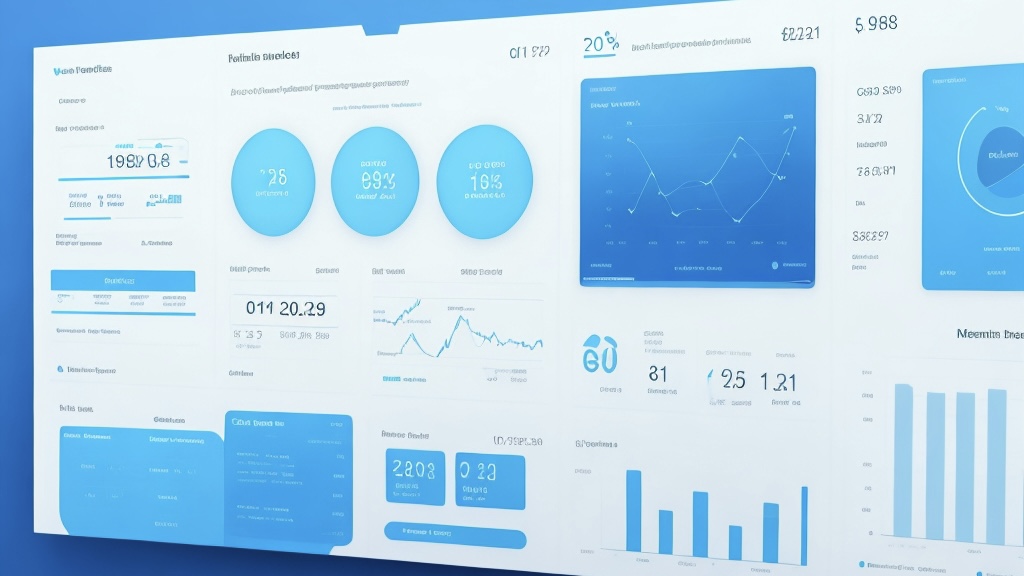
If you run a business that relies on phone calls to generate leads, sales, or support your customers, you know how important it is to track and optimize your call metrics. Call metrics are the data that measure the performance and quality of your phone interactions, such as call volume, call duration, call abandonment rate, first-call resolution rate, customer satisfaction, and more.
But how do you track and optimize these metrics effectively? One way is to use a virtual phone system. A virtual phone system is acloud-based business phone service that allows you to make and receive phone calls and texts using an internet connection. Unlike traditional landline phones, virtual phone systems offer a range of features and benefits that can help you improve your call metrics and grow your business.
Here are some of the ways you can use a virtual phone system to track and optimize your call metrics:
Virtual phone systems often come with built-in or integrated call analytics tools that let you monitor and analyze your call metrics in real-time. You can access dashboards and reports that show you key information such as call volume, call duration, call outcome, caller location, caller ID, call source, and more. You can also use these tools to compare different time periods, campaigns, agents, or teams and identify trends and patterns. By using call analytics tools, you can gain valuable insights into your phone performance and make data-driven decisions to optimize your strategies.
Virtual phone systems also allow you to record and transcribe your phone calls automatically. This can help you improve the quality and accuracy of your phone conversations, as well as comply with legal and regulatory requirements. You can use call recording and transcription to review your calls for quality assurance, training, feedback, or dispute resolution purposes. You can also use them to capture important information from your calls, such as customer needs, preferences, pain points, objections, or feedback. By using call recording and transcription, you can enhance your communication skills and customer relationships.
Virtual phone systems enable you to route your calls to the right agents or departments based on various criteria, such as caller ID, caller location, time of day, skill level, availability, or language preference. You can also use interactive voice response (IVR) systems to automate the process of greeting your callers, providing them with menu options, collecting their information, or directing them to self-service resources. By using call routing and IVR, you can reduce your wait times, improve your first-call resolution rates, increase your customer satisfaction, and optimize your agent productivity.
Virtual phone systems allow you to track the source of your calls using dynamic number insertion (DNI) technology. DNI assigns a unique phone number to each of your online or offline marketing channels, such as website pages, landing pages, ads, social media posts, flyers, billboards, or radio spots. When a caller dials one of these numbers, the virtual phone system captures the source of the call and attributes it to the corresponding channel. By using call tracking, you can measure the effectiveness of your marketing campaigns and optimize your return on investment (ROI).
As you can see, virtual phone systems offer a powerful way to track and optimize your call metrics. By using a virtual phone system like Besanz, you can leverage the features and benefits mentioned above and more.
